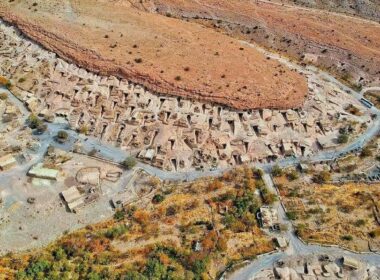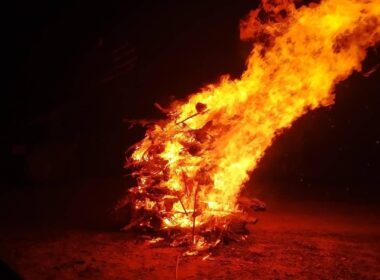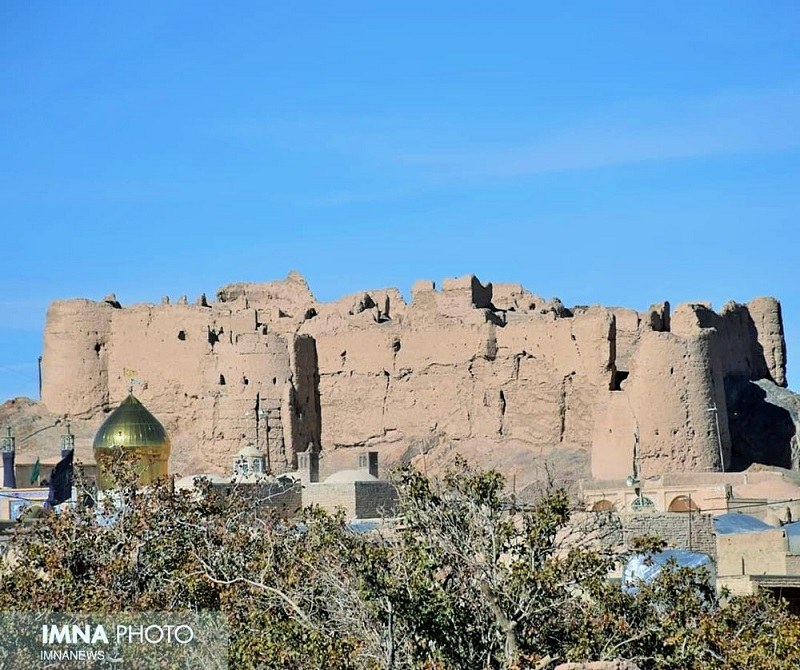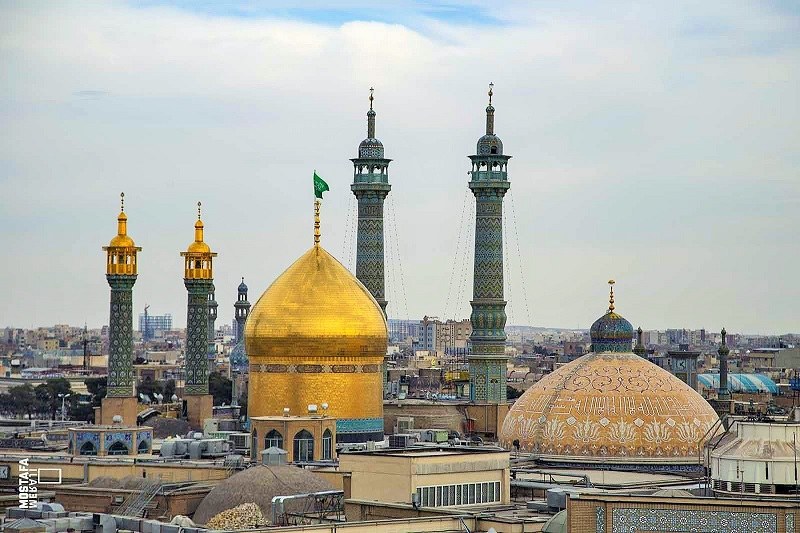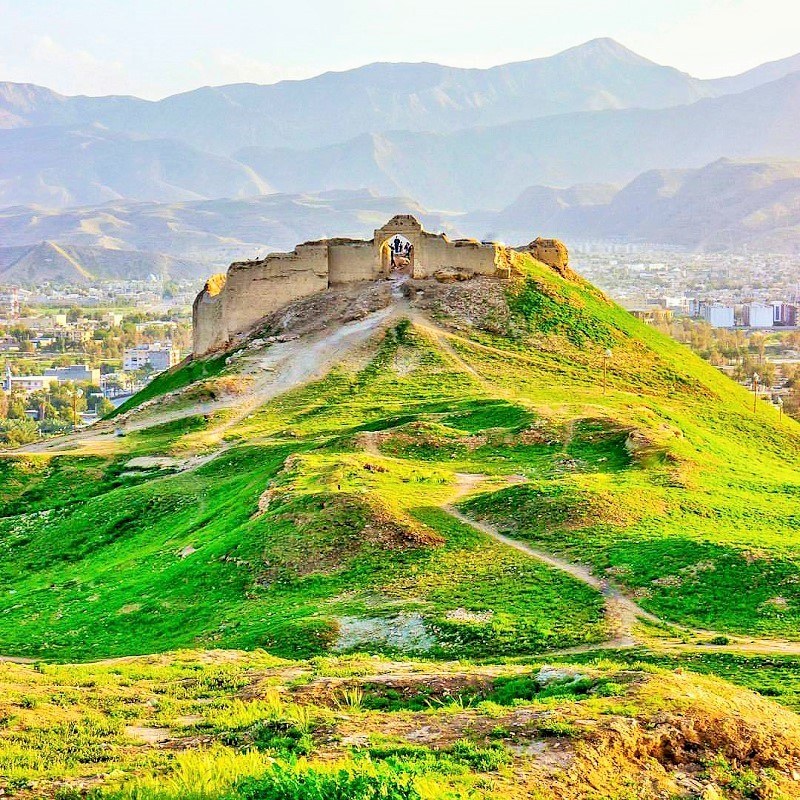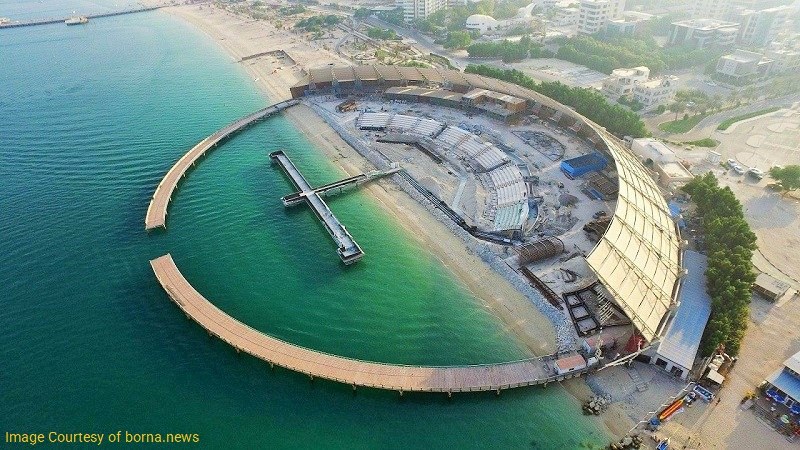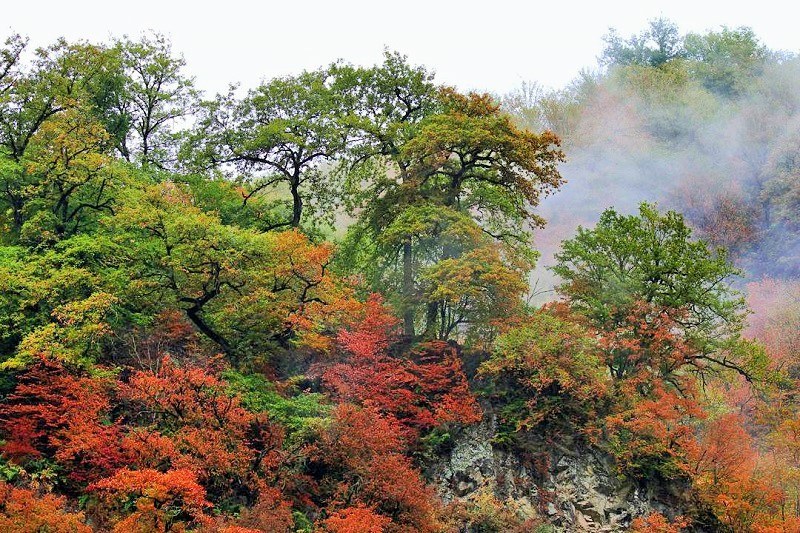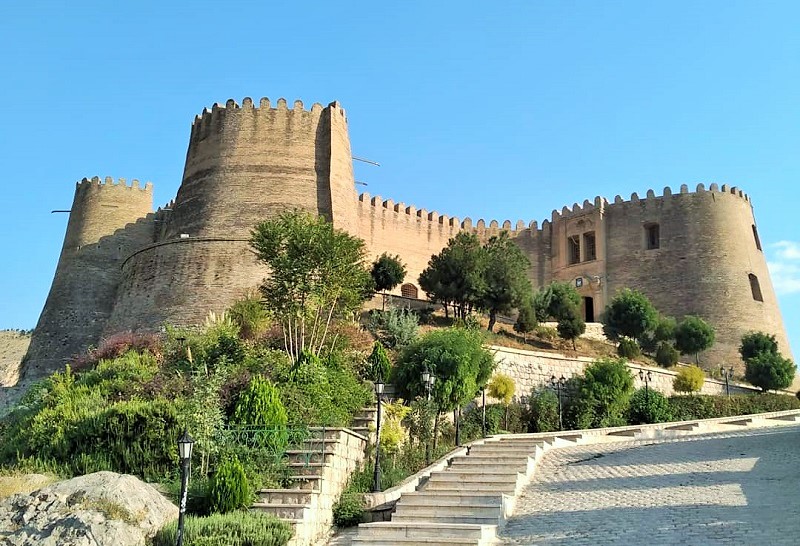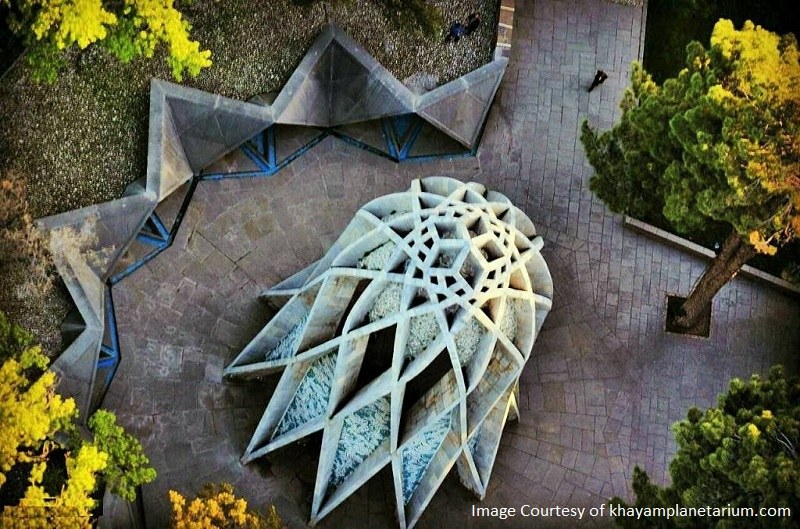
Neyshabur is one of the major cities of Khorasan Razavi Province in Iran with lots of tourist attractions. The turquoise in this city is very famous. The Mausoleum of Omar Khayyam (a Persian mathematician, astronomer, and famous poet) and the Mausoleum of Attar Neyshaburi (a Persian poet, mystic, and scholar) is in Neyshabur.
In addition to historical attractions, you can find several natural attractions around the city, which are worth visiting.
Geography of Neyshabur
Neyshabur County is adjacent to Quchan city on the north with, Chenaran and Mashhad cities on the east, Torbat Heydarieh and Kashmar cities on the south, Sabzevar city on the west and Farouj city on the northwest in North Khorasan Province.
This city is located along the Silk Road and the Tehran-Mashhad-Afghanistan Transit Route. As a result, Neyshabur has been of a great geopolitical location.
In this city, the average annual temperature is 14°C and the average annual precipitation is 231 mm. Its height is 1213 meters above sea level.
There are different ways to access to the city of Neyshabur:
- by plane
Shahid Hasheminejad Airport of Mashhad and Sabzevar Airport, 100 km away, are the closest airports to Neyshabur. Obviously, one has to take a taxi from these airports to reach there.
- by train
Neyshabur Train Station is located at the south of the city. This station is one of the main stations of Mashhad-Tehran railway and connects the city to the National Trans-Iranian Railway.
- by car
The 44th highway of eastern Iran, which is all the way a good quality highway, passes through the city of Neyshabur and connects the city and the county to the Iranian highway network. This highway connects the city of Neyshabur from east to Mashhad and from west to Sabzevar.
In addition, the Kashmar to Neyshabur Road connects it from the south to Kashmar and southeastern Iran.
Quchan-Neyshabur Road also connects the city to the northeast of the country. It is 775 km from Tehran to Neyshabur by land and 120 km from there to Mashhad.
- by bus
It is possible to enter Neyshabur through the following terminals:
• Neyshabur passenger terminal
• Kafkadak Terminal
The South Terminal of Tehran has daily buses leaving to Neyshabur.
Population & Economy of Neyshabur
Based on the 2016 Iranian population census, the population of Neyshabur is 451,780 people. Neyshabur is the second most populated city in Khorasan Razavi Province.
The blue turquoise of Neyshabur has a great reputation. Hence, part of the businesses of the people in the city relates to turquoise and its handicrafts. Binalood Industrial Town and Khayyam Industrial Town are two economic centers active in the field of food production, hygienic products, etc. The two towns form a large part of Neyshabur’s economy. On the other hand, the agricultural fields, gardens, and pastures are another part of Neyshabur’s industry and economy.
History of Neyshabur
Throughout history, Neyshabur has been one of the largest centers of Islamic studies and home to many scholars, poets, Sufis, and great men. The construction of this ancient city dates back to the Sassanid era when Shapur I ordered to build the city around the mid-decades of the third century AD. In 643, Muslims conquered the city. Neyshabur was also the capital of the first semi-independent Iranian government after the Umayyad Caliphate dominating Iran.
Neyshabur has attracted emigrants because of its suitable weather and good living conditions. A large number of Arab emigrants came to this city in the first years after the advent of Islam.
At the time of Tahirid dynasty, Neyshabur was the capital. During the rule of different dynasties, this was an important city, especially in terms of science, art, and business, and it has witnessed continued political disagreements. The Samanid era was the most important period for Neyshabur artists and elites.
Sultan Mahmud of Qazni, the most famous sultan of Qaznavid dynasty, lived here in the capital of the Great Khorasan region before his reign as the Samanid army commander.
Furthermore, the establishment of the Seljuk dynasty occurred in Neyshabur. According to historians, it was during the reign of the Khwarazmian dynasty that the fall and destruction of Neyshabur started.
Historical Attractions inside the City
Here’s the list of interesting places to visit inside Neyshabur:
Mausoleum of Omar Khayyam
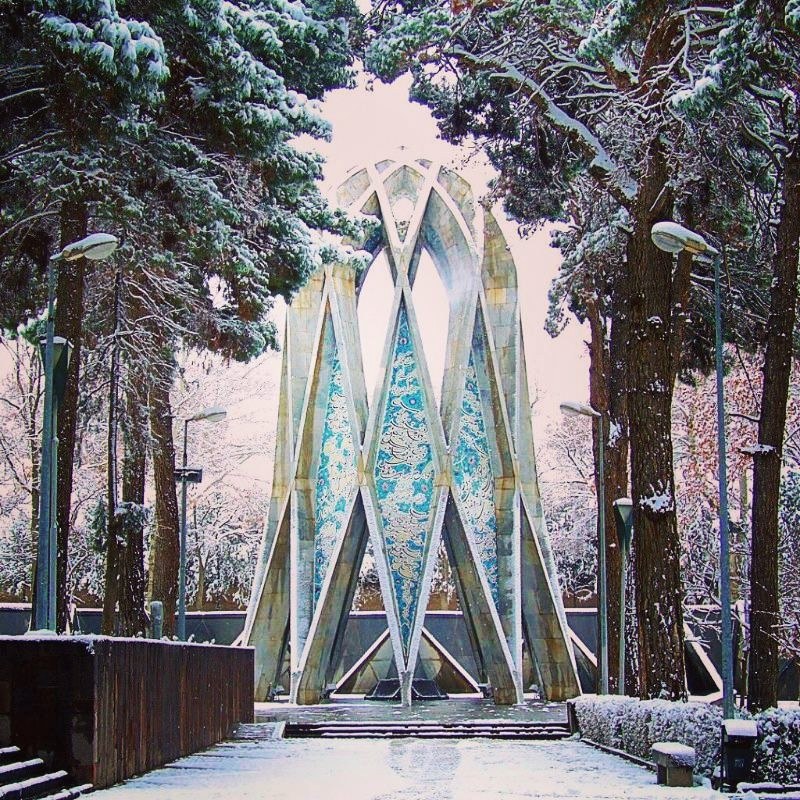
Maybe one can refer to these monuments as the highlights of Neyshabur tourist attractions. The Mausoleum of Khayyam is the tomb of a Persian mathematician, an astronomer, and a famous poet, “Hakim Omar Khayyam Neyshaburi”.
The mausoleum is located in the southeast of Neyshabur. The Khayyam Complex consists of a garden, a library, a museum, and a guesthouse. This garden is one of the most spectacular gardens of contemporary Iran.
Hooshang Seyhoun, an Iranian architect, designed and built this memorial monument and dedicated it to this world-class Persian scientist in 1962. A statue of Hakim Omar Khayyam is placed at the entrance of this complex.
Mausoleum of Attar Neyshaburi
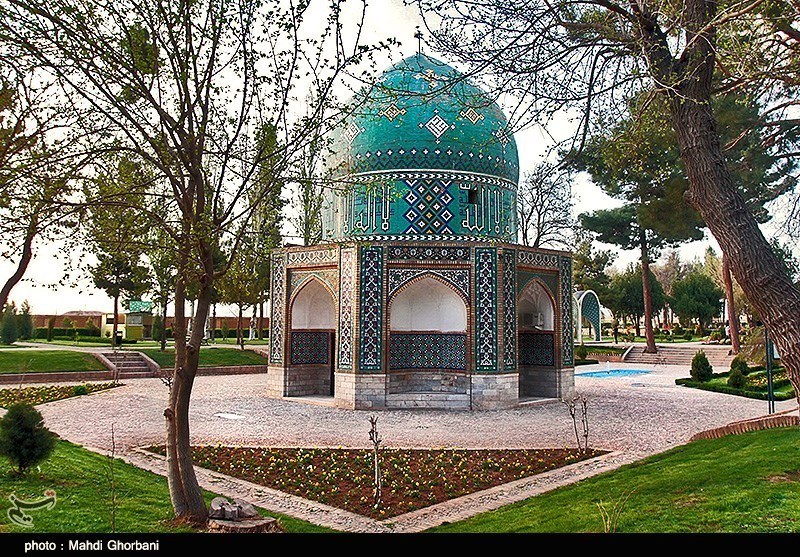
Another building at the above-mentioned complex is the Mausoleum of Attar Neyshaburi. It is the tomb of “Sheikh Farid al-Din Attar”, a Persian poet, mystic, and scholar of the 13th century. Situated in Shaydiyakh ancient neighborhood of Neyshabur, this tomb hosts the fans of Iranian literary, architecture and culture every year.
His reputation as the author of “Manteq-ol Tair” and his position in the world of Sufism has made him a famous Iranian figure.
The above-mentioned complex is one of the main historical attractions of Neyshabur that brings a lot of visitors to the city every year.
Tomb of Kamal-ol-Molk
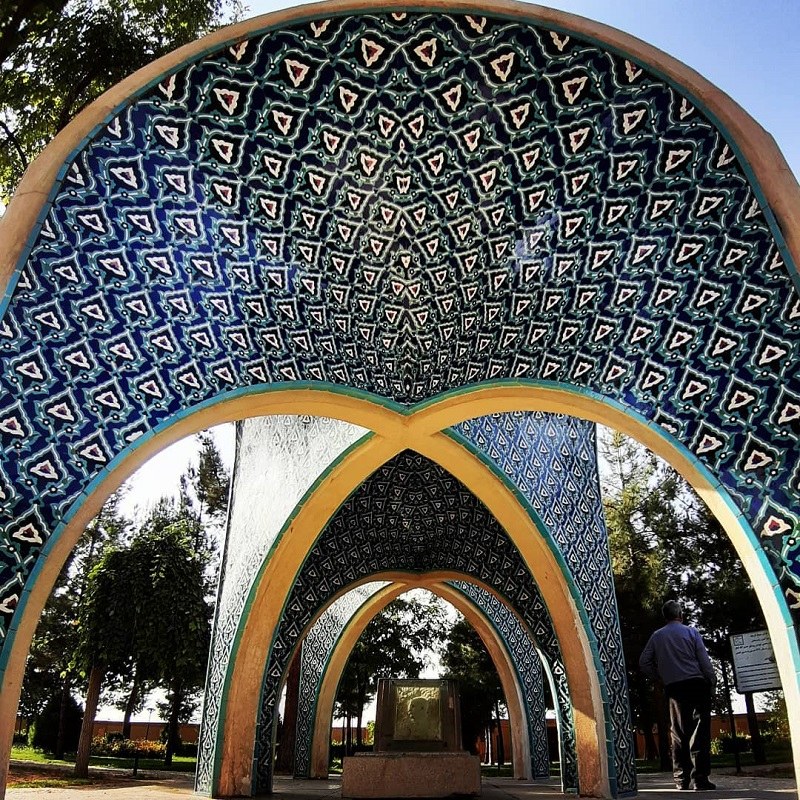
The tomb of Kamal-ol-Molk is located next to the tomb of the famous Persian poet, Sheikh Attar Neyshaburi. It is the tomb of “Mohammad Ghaffari” famous as Kamal-ol-Molk, the greatest painter in contemporary Iranian history. Kamal-ol-Molk is one of the most influential people in Iran during the Qajar era.
The design of the tomb of Kamal-ol-Molk is in harmony with the tomb of Atar Nishaburi. They emphasize on the important role of the cultural values of Iranians in this site.
Wooden Village
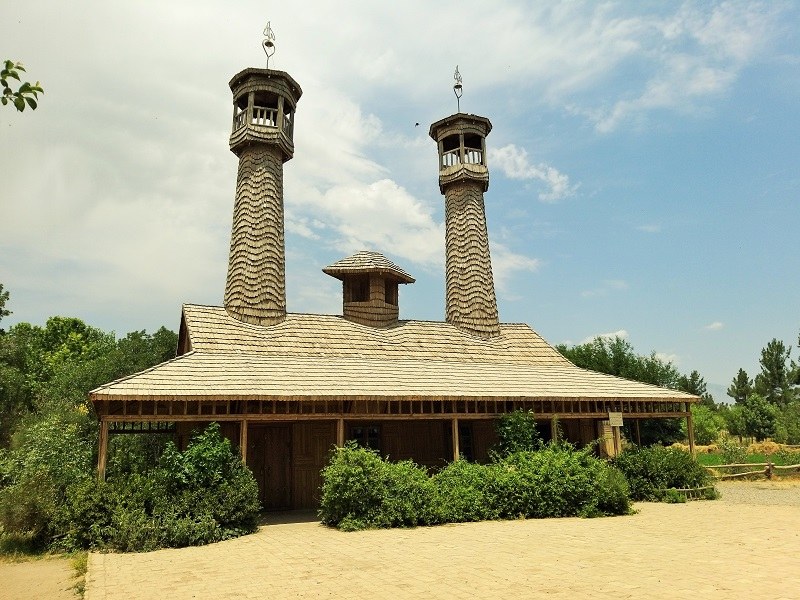
It is at a short distance away from the southern outskirt of the city. The wooden village of Neyshabur is one of the most spectacular promenades of the city. The wooden mosque of the village is unique in the world. The minarets are connected to the ceiling in a way that there are not any columns underneath it inside the building. The special lighting arrangement of the village and the unique harmony of vivid colors have a special effect on it at night.
Robat-e Shah Abbasi
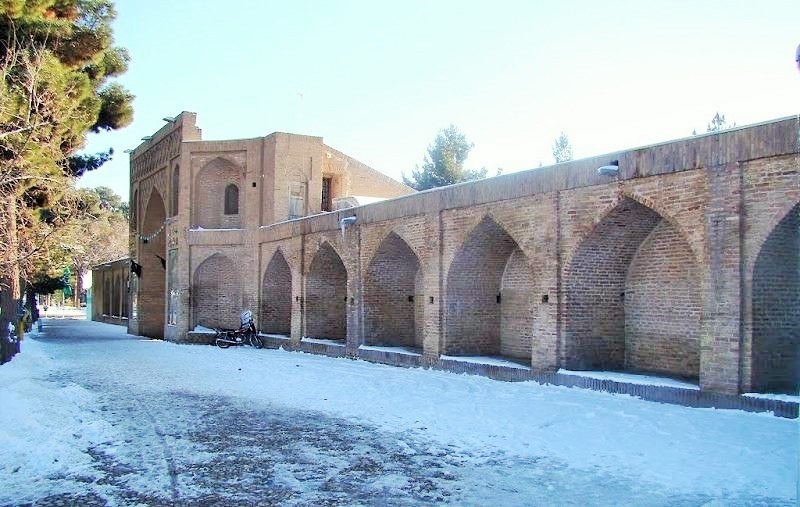
The caravansary of Neyshabur, known as Rabat-e Shah Abbasi, is a historical and beautiful monument of the city built during the Safavid period. Today, it is one of the most famous museums in Neyshabur.
Sarpoosh Bazaar
It is a historical and old bazaar in this city. As Sarpoosh Bazaar is roofed and covered, local people call it “Bazaar-e Sarpoosh”, which means covered bazaar. This historical and traditional bazaar dates back to the Safavid era. The Iranian Organization of National Heritage has enlisted it as a national heritage site.
Bibi Shatiteh Shrine
The shrine of Bibi Shatiteh is the tomb of a scholar woman of Neyshabur, who lived in the 8th century AD.
Amin ol-Islami Garden and Mansion
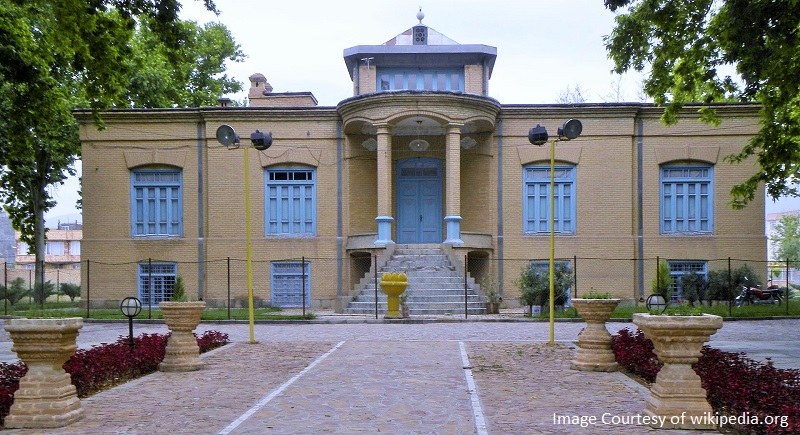
The construction of this beautiful mansion and garden dates back to the Pahlavi era. The high trees such as plane, pine, box, blackberry, and walnut are planted within the garden. It is a prominent example of genuine Iranian gardening.
Friday Mosque of Neyshabur
Friday Mosque of the city is one of the oldest and most important mosques in Khorasan, located in the center of Neyshabur City. According to the historical inscriptions installed on one of the south eyvans of the building, the mosque dates back to the Timurid era.
Historical Attractions outside the City
Here’s the list of interesting places to visit outside Neyshabur:
Qadamgah-e Imam Reza Garden
The garden of Qadamgah is located on the southern foothills of the Binalood Mountains overlooking Neyshabur plain. This garden is located 24 km east of Neyshabur. The name, that means footprint in Persian, originates from a large stone in this garden, on which there are two footprints. Most people believe that they are Imam Reza’s.
Kharv Olia Village
The village called Kharv Olia is located in a valley full of various lush trees. There is also a waterfall at the altitudes of the village increasing the charm of the village.
Remains of the Ancient City of Neyshabur
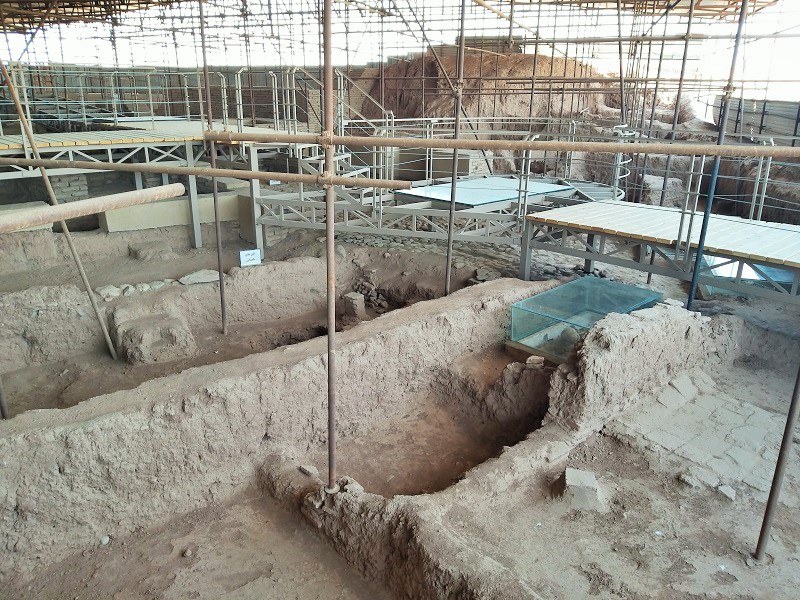
The buildings and remnants of the ancient city of Neyshabur are located on the southwest of the current city of Neyshabur in the form of ancient hills, called “Kohan Dezh”, “Alp Arslan”, “Sabz Pooshan”, “Shadiyakh”, “Tappeh Madreseh”, “Bazaar”, “Qanat Tappeh” and “Tappeh Takestan”.
The first excavations and archaeological studies in Neyshabur began in 1935 and 1947. Wilkinson and Upton, the Iranologists of the Metropolitan Museum of New York carried out a study on the ruins of the ancient city of Neyshabur, southeast of the current city of Neyshabur.
In 1966, a research project was conducted to determine the condition of neighborhoods, bazaars and the area of the ancient city of Neyshabur and to reconstruct them. In addition, in 1964, an archaeological group started the excavation on behalf of the Iranian Ministry of Culture and Arts.
24 years later, in 1988, another excavation group started to explore the site. The excavations revealed that from the 3rd to 7th centuries, Neyshabur was one of the most important and largest Islamic pottery centers in Iran and its pottery was equal to that of Ray and Gorgan.
Shadiyakh is a neighborhood in the ancient city of Neyshabur. The experts of excavations found a public hall, an interior, the workshops for making pottery, glassware and forged objects and cultural accessories such as clay and glass elements and stuccos in this ancient area.
Buzhan Village
It is a village in the heart of foothills in the southern highlands of Binalood Mountains. Buzhan has a very beautiful terraced architecture. The residential texture of this village is on a gentle foothill and is composed of irregular alleys.
Dizbad Village
This village is a beautiful village along the Neyshabur-Mashhad road. Dizbad has a variety of vegetation and pleasant climate. The religion of most people in this village is Ismaili. Hence, many tourists visit the village every year to watch the religious ceremonies of this village.
Shah Mir Domes
Shah Mir Domes, called also Mehrabad, Mehrava, and Shadmehr, are among the most important monuments of Neyshabur. The larger dome dates back to the Seljuk period. The smaller dome relates to the Ilkhanid era. There is no further information about the domes yet.
Lak Lak Ashian Qal’eh
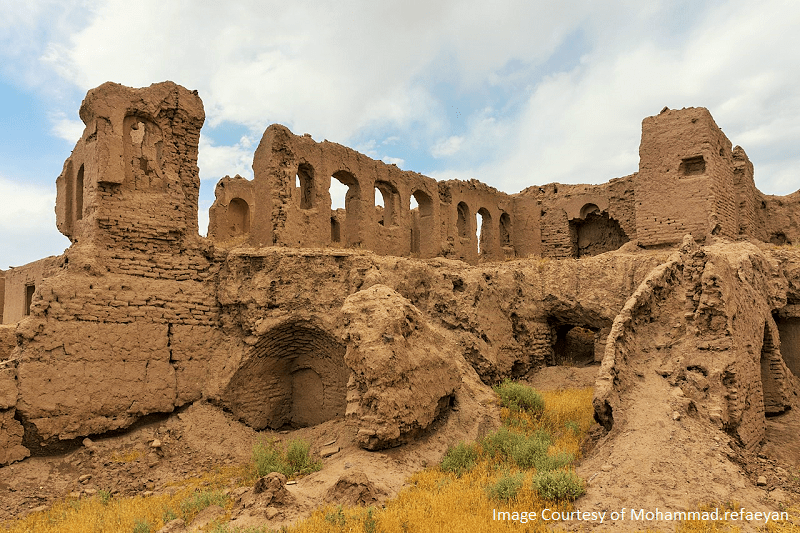
This fortress is in the central part of Lak Lak Ashian Village in Neyshabur, belonging to the Qajar era. Lak Lak Ashian Qal’eh is one of the historical monuments enlisted as a national heritage by the Cultural Heritage Organization of Iran.
Natural Attractions outside the City
Here’s the list of natural wonders outside Neyshabur:
Turquoise Mine of Neyshabur
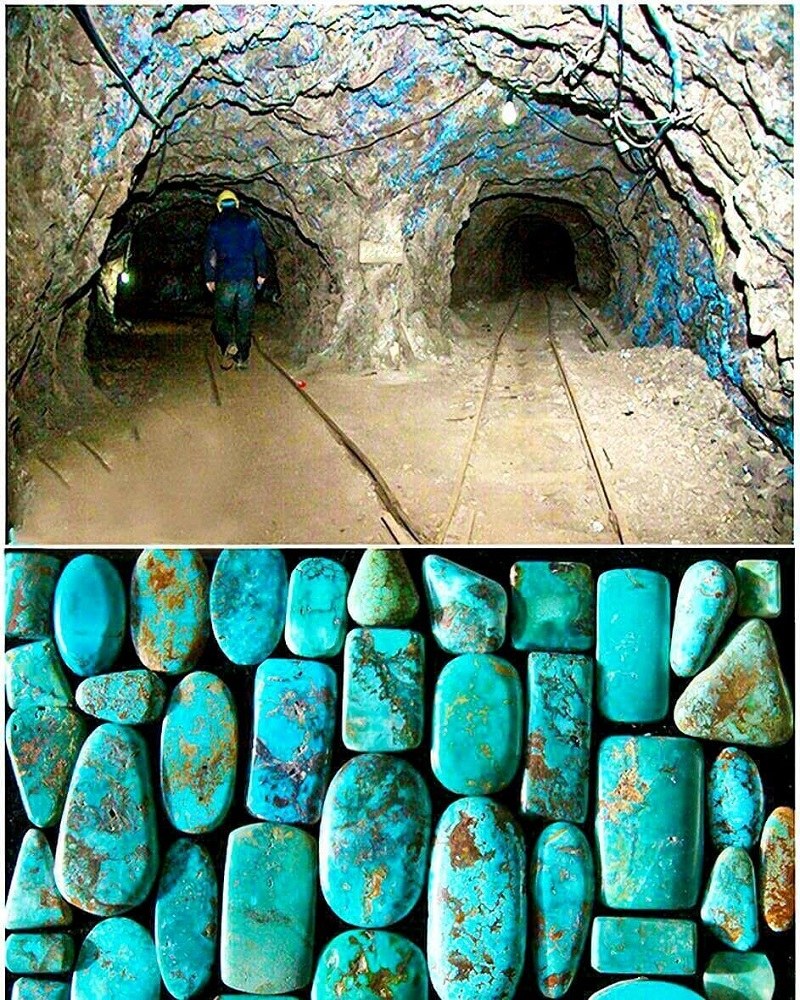
The turquoise mine of the city is located 53 kilometers northwest of Neyshabur and is one of the general mines of the city. There are about eight thousand tons of turquoise stored in this mine. This Neyshabur natural attraction is one of the amazing wonders bringing many people to the city every year.
Gorineh Waterfall
Another natural attraction of this region is Gorineh Waterfall. It is located 40 km northeast of Neyshabur in a beautiful and cheerful village with the same name. The lush gardens, beautiful landscapes and the river full of water made a spectacular view of this waterfall.
Sarney Cave
This Cave is the largest aquatic cave in Khorasan, located 50 km northwest of Neyshabur. The road leading to the cave has beautiful landscapes. Tourists can only visit the initial part of the cave.
Bar Waterfall
This waterfall is located among Binalood Mountains in a city with the same name and beautiful landscape. Mountains and walnut gardens surround the Bar waterfall, creating natural and unique landscapes.
Haft Ghar Valley
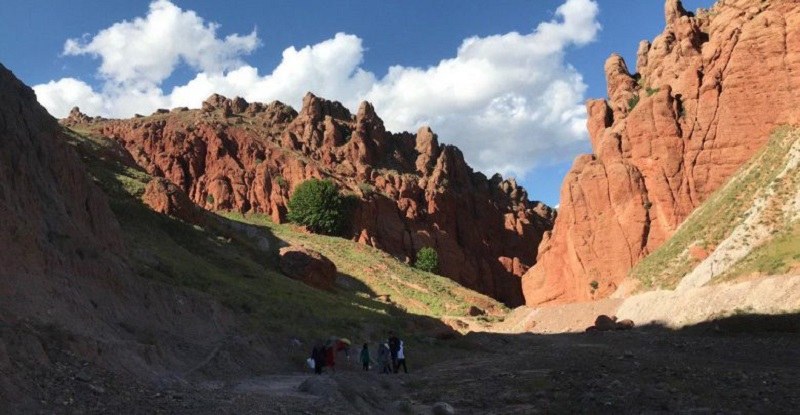
This valley is one of the main summer highland pastures of Neyshabur. Haft Ghar valley is a beautiful natural attraction in the region. Haft Ghar means “Seven Caves” in Persian. As its name indicates, to reach the fountain, we should pass through 7 caves. On the way, there are beautiful large and small rivers and waterfalls.
Baqrud
It is a lush green area full of apple, walnut and cherry trees. Baqrud is located in the foothill of Binalood mountain range in beautiful gardens, and a roaring river flows through it.
Map of Neyshabur


